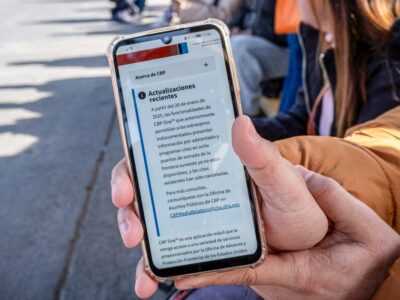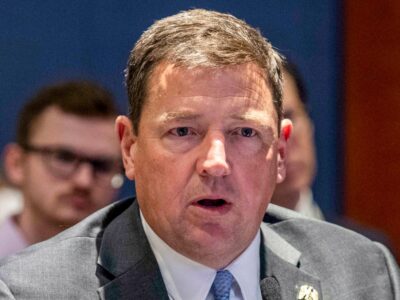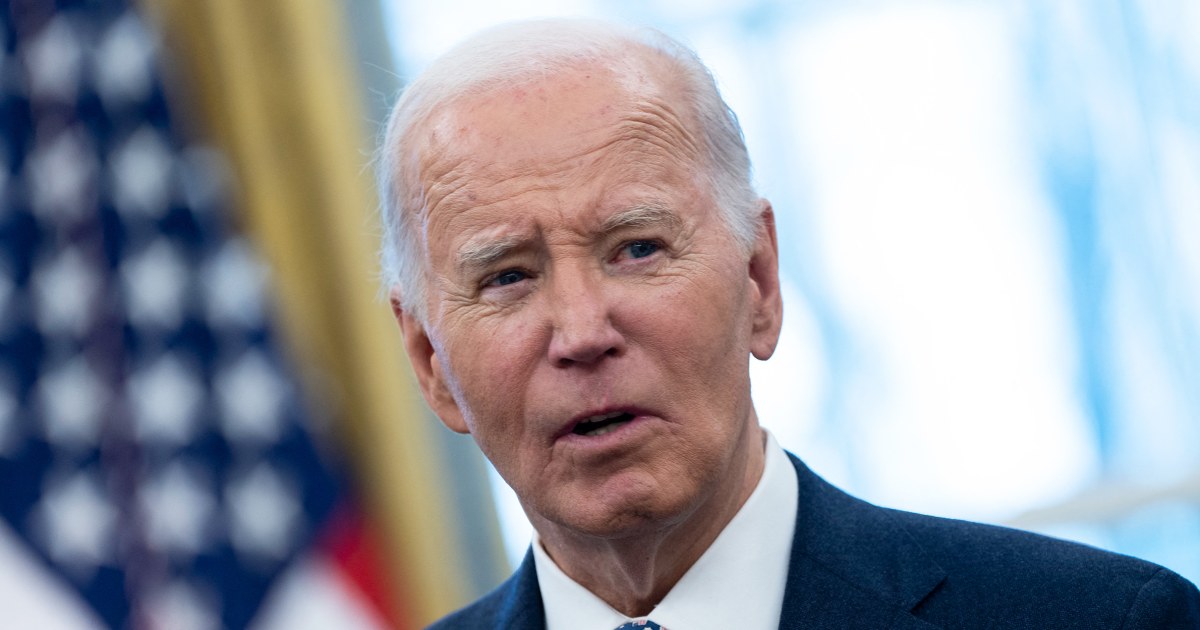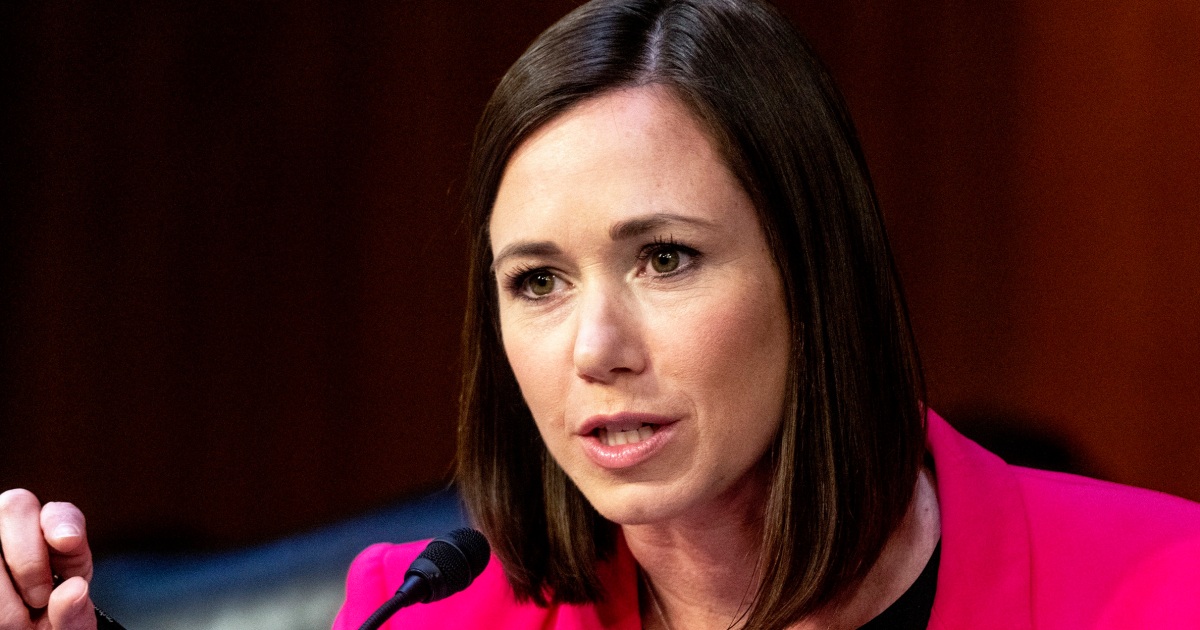
President-elect Donald Trump’s envoy to the Middle East, Steve Witkoff, is considering a visit to the war-torn Gaza Strip as part of his efforts to keep a ceasefire deal between Israel and Hamas on track, according to a transition official with direct knowledge of the ceasefire process.
Underscoring just how fragile the president-elect’s team believes the ceasefire deal that’s set to go into effect on Sunday is, Witkoff also plans to be a near-constant presence in the region over the coming weeks and months to troubleshoot flare-ups on the ground that he believes could unravel the agreement and halt the release of hostages held by Hamas at any moment, the official said.
“You have to be right on top of it, ready to snuff out a problem if it happens,” the official said.
At the same time, Witkoff is working to achieve long-term stability for the Israelis and 2 million displaced Palestinians, the path to which runs through the three phases of the deal reached this past week.
The first phase, which begins on Sunday, is set to last about six weeks and involves the release of hostages held by Hamas and Palestinians held by Israel. The second phase would be negotiated during the first and is supposed to result in the release of additional hostages and the withdrawal of Israeli forces from Gaza. The goal of the final phase, which also still needs to be negotiated, is to end the war and begin rebuilding Gaza.
During Hamas’ initial Oct. 7, 2023, terrorist attack on Israel, 1,200 people were killed and about 250 were taken hostage. The attack shocked the nation and sent many Israelis who believed they had military superiority in the region reeling.
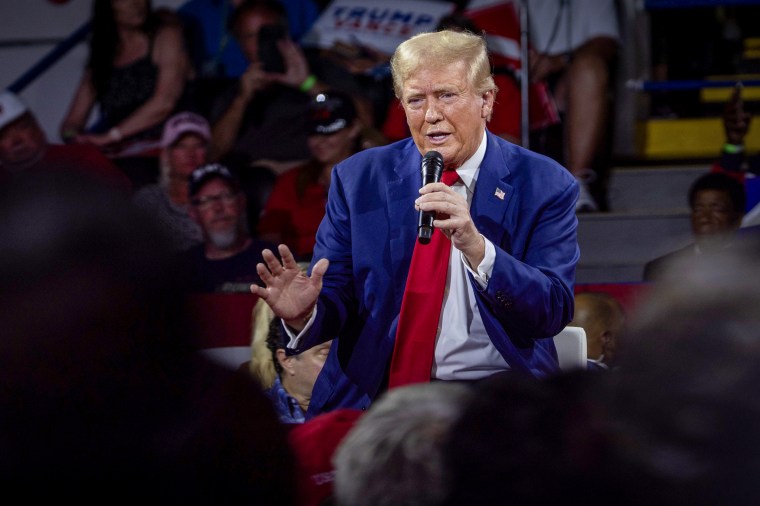
Donald Trump in Flint, Mich., on Sept. 17, 2024.Scott Olson / Getty Images
Since then, the conflict has added multiple fronts, with Israel seeking to root out Iranian and Iran-backed enemies in other countries around it.
For now, a top concern for Trump’s envoy is a rogue incident sparked by inevitable day-to-day interfacing between Israelis and Palestinians on the ground in and near Gaza, even given the ceasefire agreement.
“Remember, there’s a lot of people, radicals, fanatics, not just from the Hamas side, from the right wing of the Israeli side, who are absolutely incentivized to blow this whole deal up,” the transition official said.
Visiting Gaza would allow Witkoff to see for himself what the dynamics are there, rather than taking Israel’s or the Palestinians’ word for it, the official said, adding: “You got to see it, you got to feel it.”
While managing the current phase of the deal and negotiating the next, Trump and his team also are contending with longer-term solutions.
“If we don’t help the Gazans, if we don’t make their life better, if we don’t give them a sense of hope, there’s going to be a rebellion,” the transition official said.
The question of how to rebuild Gaza remains, as well as where some 2 million Palestinians can be relocated in the meantime. Indonesia, for instance, is among the locations under discussion for where some of them could go, the transition official said.
Even the question of whether Gazans would be willing to relocate is up in the air. The idea of relocation is deeply controversial among Palestinians and fellow Arabs. Many believe that relocating would be the first step in Israel forcing them off their land.
At the moment, however, the issue of getting aid into Gaza that’s required in the first phase of the ceasefire deal remains a challenge. Israel maintains concerns that Hamas takes a portion of any aid that’s allowed into Gaza, and the humanitarian crisis there is dire. Hunger and disease are rampant and conditions are continuing to deteriorate.
Israel’s offensive in Gaza over the last year and a half has killed more than 45,000 people in Gaza, most of whom were women and children, according to Palestinian health officials. The bombings have also decimated the enclave’s health system and pushed people out of their homes and into squalid tent camps.
Witkoff, a real estate developer who has known Trump for decades, went into negotiations for a deal — joining President Joe Biden’s team that’s been working toward it for more than a year — with a singular directive from Trump, the transition official said: Get the hostages home, and if you don’t, come back and explain why.
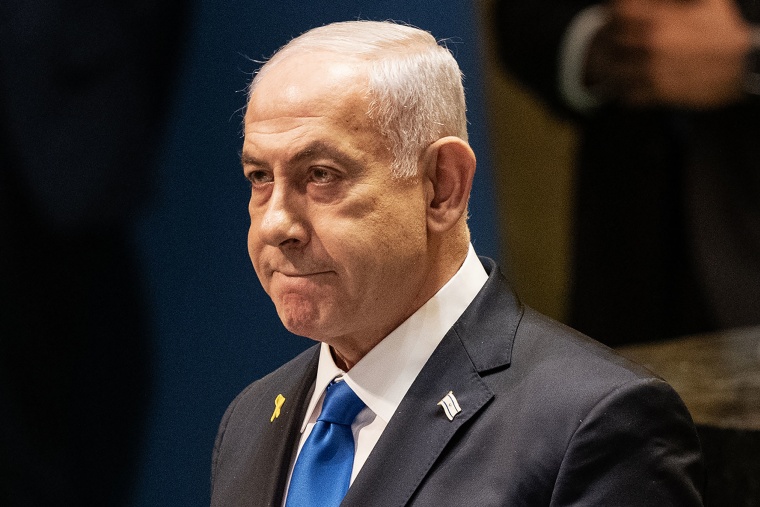
Israeli Prime Minister Benjamin Netanyahu at the United Nations in New York City on Sept. 27, 2024.Lev Radin / Pacific Press/LightRocket via Getty Images
The window for achieving an agreement was narrower than it had ever been. Not only had Trump set a deadline — Jan. 20, when he’s set to be sworn in to office — which had not been done in previous rounds of negotiation, several additional hostages had died in the preceding weeks as temperatures in the region got colder and conditions continued to deteriorate, the transition official said.
Trump’s close alliance with Israeli Prime Minister Benjamin Netanyahu, as well as the threat that he would not stop Israel from further bombing Gaza if there was no deal, also hung over the process.
Israel is a close American ally and the U.S. has given the nation at least $17.9 billion in military aid over the last year.
Witkoff used Trump’s history with Israel and dynamic with Netanyahu to pressure the Israelis. In one instance, he went to see the prime minister on the Sabbath to have a blunt exchange. Witkoff privately has told people his comments to Netanyahu that Saturday, Jan. 11, were not a threat, and that he had been invited to the prime minister’s residence by one of Netanyahu’s closest aides, Ron Dermer.
Witkoff was in search of a reality check from Netanyahu about what he was willing to do, and candidly told him what was needed to get to an agreement, including for Israel to send a high-level representative to the negotiations in Doha who could make decisions in real time, the transition official said. He essentially conveyed to the prime minister, “If you’re not intent on making a deal, then tell me, and I’ll get on the plane and I’ll go home.”
In discussions with Israeli officials, he also didn’t hesitate to point out all that Trump had done for Israel. In his first term, Trump moved the U.S. Embassy from Tel Aviv to Jerusalem, recognized the Golan Heights as Israeli territory and cut U.S. aid for the Palestinians. At times in his discussions with Israeli officials, he also pointed to Trump’s willingness to take political heat to get a deal and implored the Israelis to do the same.
To Hamas, the message, delivered through the Qataris, was: Unless you’re prepared to die, tell me why you don’t see this as the deal that could ultimately lead to the end of the war?
Witkoff also developed close ties with the families of hostages. They expressed worry that their loved ones would be left behind in the second phase of the deal, when they are supposed to be released, specifically concerned whether there would be enough Palestinian prisoners held by Israel to exchange: The numbers were built into the framework deal agreed to last May, and if there’s no Phase 1, there can be no Phase 2, which has yet to be negotiated.
Phase 1 could fall apart at any time over the next six weeks, and the first American hostage, Keith Siegel, is not scheduled to be released until Day 14 of the ceasefire. Five other American families will not get their children home, alive or dead, unless the ceasefire holds into the second phase.


